Apple iPhone 8 vs Samsung Galaxy S8
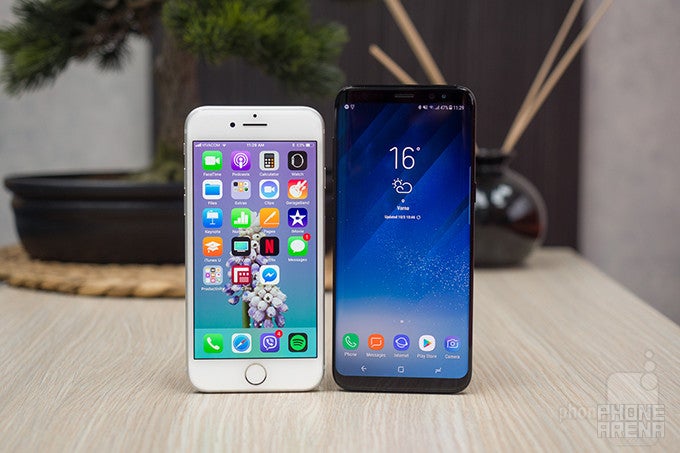
Introduction
Whether Apple and Samsung intentionally synchronized the generation numbers of their flagship smartphones is something we'll never find out, but regardless, this year (and for the better part of 2018), it'll be the iPhone 8 and Galaxy S8 that will represent the two mobile platforms of the world. And boy is this a tough choice! Like, even more so than years past, because of Samsung's brand new design, and Apple's complex maneuvers involving feature exclusivity with the 8 Plus and the very presence of the completely new iPhone X.
Still, despite the allure of the iPhone X and the more powerful camera of the 8 Plus, the iPhone 8 is likely to remain the main sales driver for Apple, due to its lower cost and pocket/palm-friendly size. As such, its most logical rival (outside of Apple's own ecosystem) is the Galaxy S8, which has been around for quite some time now, and which has already seen its price drop to more accessible levels.
Design
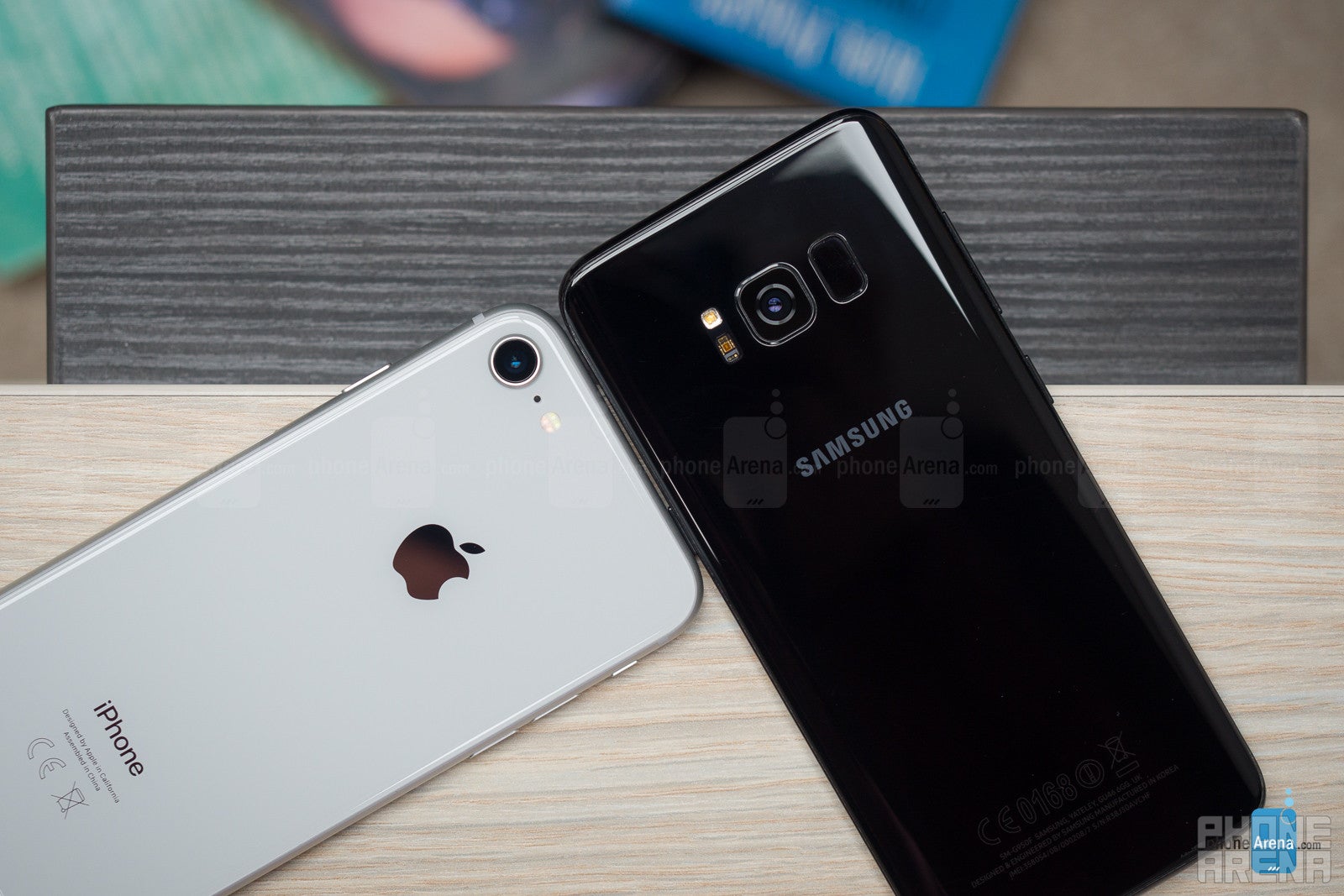
The iPhone 8 largely retains the design of its predecessors. Instead of a complete reinvention, Apple went with just a minor face-lift in the form of a new back panel, made of glass. Changing up half of the phone isn't exactly a minor thing, but at this point, no matter what Apple does with its 2014 design, it's going to feel old. It's not bad, of course; it's as nice and elegant as ever, and the new glass back makes it even better and more exquisite.
Start using the Galaxy S8, though, and you'll inevitably feel the pull of the modernistic “bezel-less” design. It's not only because of the fancy aesthetics of slim bezels, but also because of the practical benefits of having a more expansive screen. It doesn't simply show you more content – it gives you more context, helping you feel more aware of the digital environment, and more capable. But we'll talk more about the screens in just a second.
The Samsung Galaxy S8 also benefits from a polished metal frame, and this is an appealing element that will make an appearance in the iPhone X, but isn't found in the iPhone 8. Instead, the iPhone 8 has a matte aluminum frame, which is more slippery, and obviously not as shiny. The styling of the iPhone 8 comes off as rather restrained, as if intentionally so. Whether this has been done on purpose, to make the iPhone X looks more extreme in its next-generation nature, isn't clear, but it almost feels as if Apple is holding the iPhone 8 back on purpose this year. The Galaxy S8 is also the one to be offered in a more exciting range of color options (black, silver, blue, gold, and orchid; versus just black, silver and gold for the iPhone 8).
Leaving looks aside, both phones are on the cutting edge of mobile tech, and offer premium features like water-resistance and wireless charging, the latter being new for the iPhone line.
Display
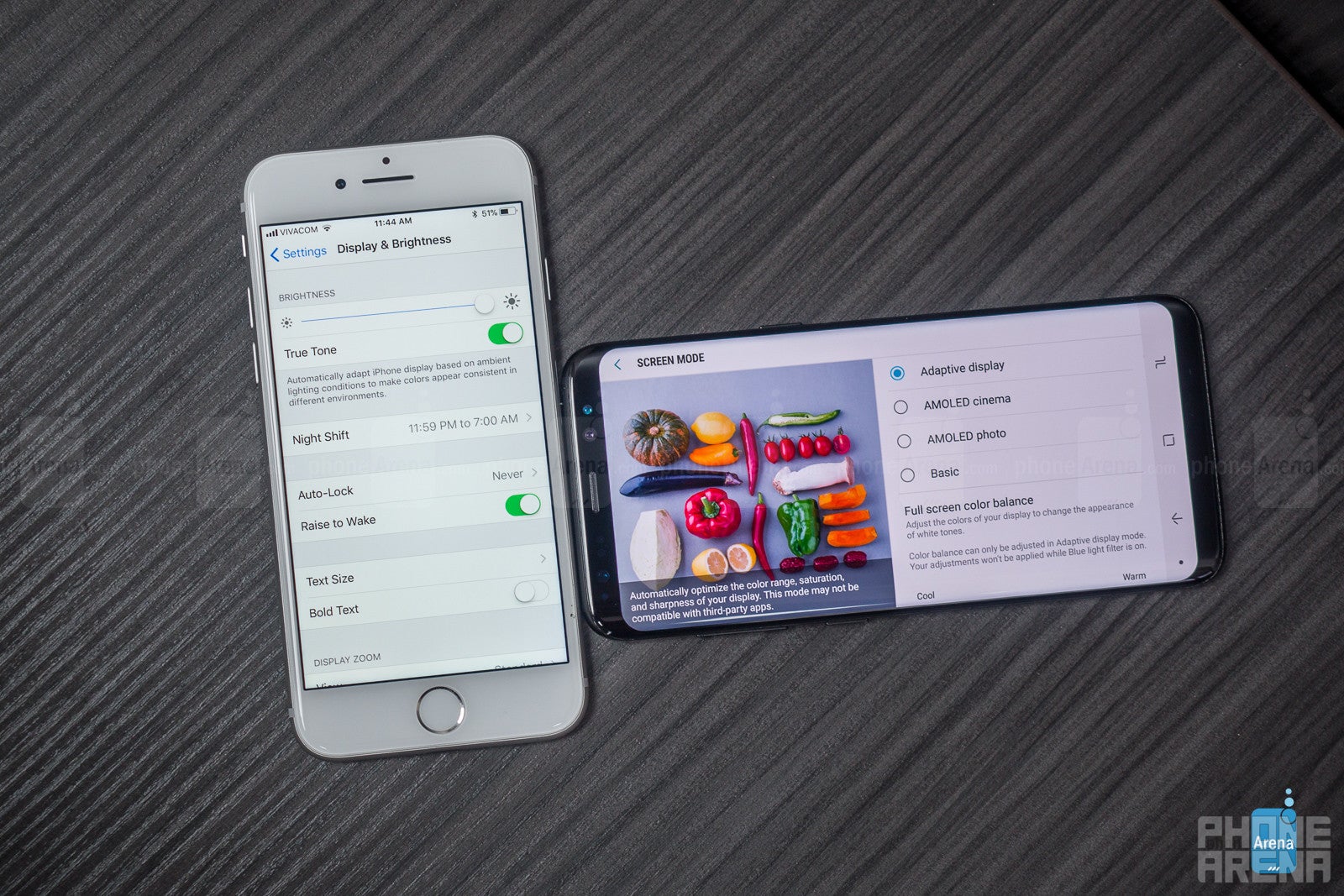
It’s a bit funny how Apple presented the display of the iPhone 8 as completely new, when in fact the only noticeable new thing in it is the True Tone feature. Indeed, we’re still looking at a 4.7” IPS LCD panel with resolution of 750 x 1334 pixels. Make no mistake, though, this panel still delivers a great user experience, with its only weak spot probably being the lower than ideal resolution. And speaking of True Tone, this is a great feature which aims to adjust the display’s color balance so that it looks natural across all environments. In reality, however, we’ve found it to make the iPhone 8’s display look needlessly yellowish at times.
So, what about the Galaxy S8? It obviously has the more exciting display of the two, with characteristics that read 5.8” diagonal and resolution of 1440 x 2960 px. The GS8’s display isn’t exactly bigger than the iPhone 8’s, but it’s considerably taller. In comparison, the Galaxy S8’s AMOLED panel can look very vivid and saturated in its default Adaptive mode, perhaps painfully so. For those who’s prefer a more natural image, there’s the sRGB color mode, which, unfortunately, produces somewhat lifeless results.
The main appeal of the Galaxy S8’s display is in its expansive nature, filling almost all of the device’s front. The fact that it’s so tall and hi-res makes it more convenient for browsing the web, where fitting more of a page is key to comfort and efficiency.
With its curved form, stylishly rounded corners, and modernistic features like always-on display, the Galaxy S8’s screen is very impressive. However, the iPhone 8’s panel is so mature and balanced, it’s worthy of admiration in its own way.
Interface and Functionality
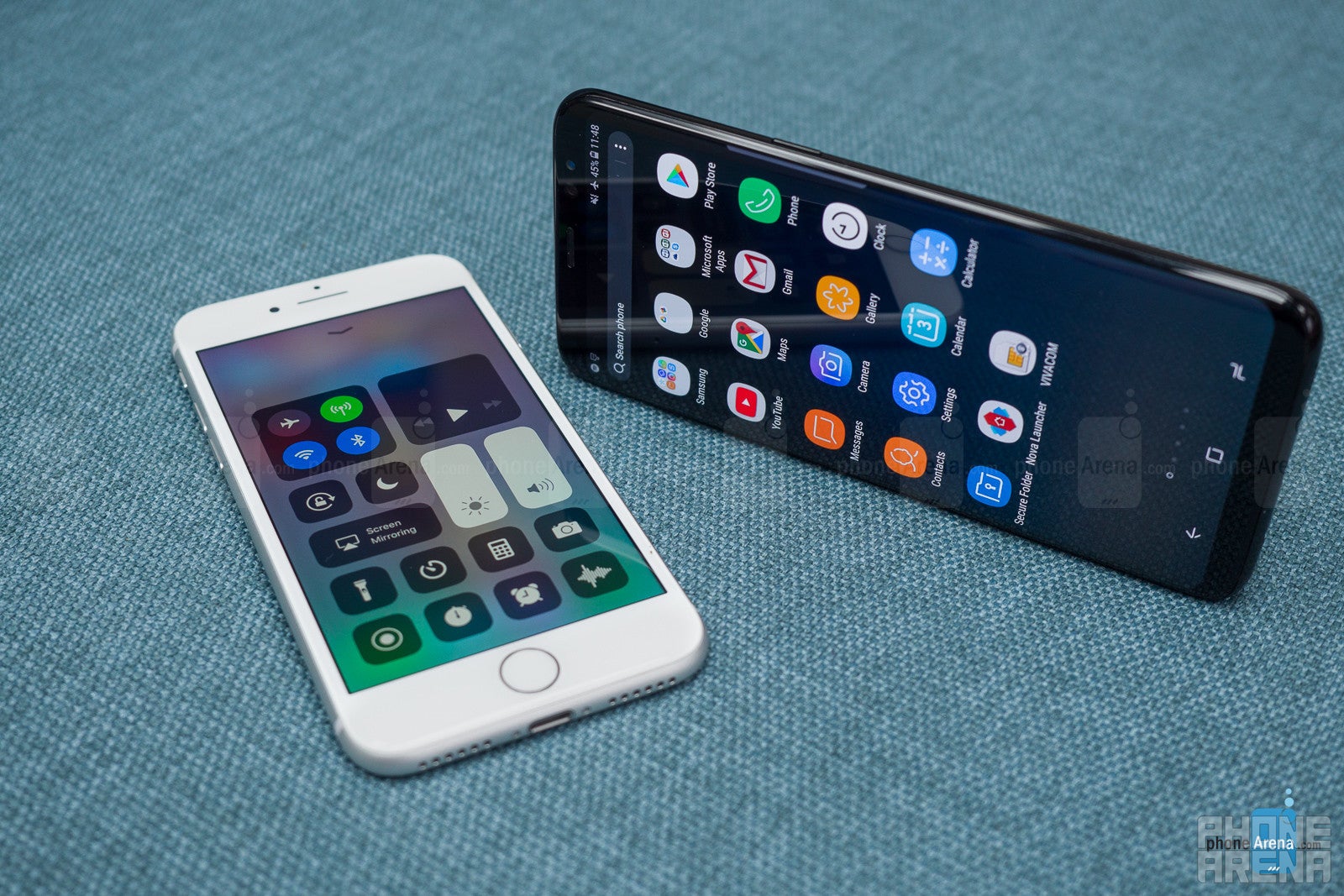
The Galaxy S8 arrived with Android 7 on board, and is yet to receive an update to Android 8 Oreo, but we'd expect that it won't be long before Samsung delivers it. Meanwhile, the iPhone 8 arrived straight with iOS 11, which is the current version of Apple's mobile platform.
When talking about the Galaxy S8's software, though, the Samsung Experience UI is a story far bigger than the OS version it's running. That's because Samsung has kept developing and improving its interface to a point where it now has a differentiated, leading user experience that is no longer dreadful, but a pleasure to look at. Aside from some performance hiccups, Samsung Experience is cleverly designed and powerful, with ample customization options and a whole host of unique and useful features like Samsung Pay, Secure Folder, and the Bixby voice assistant.
iOS 11 is what Samsung Experience is positioned to compete with. Apple's software is incredibly rich and colorful: from the lively and curated App Store, to the complete line of heavy-hitting features like Apple Music, iTunes store, Health, and Siri voice assistant, there is rarely a reason for one to think of venturing outside Apple's ecosystem. What further augments the experience with iOS is the superb set of free Apple-made applications, which deliver superb productivity capabilities in a wide range of areas, from video editing with iMovie, to audio composition with GarageBand. An added benefit of iOS, which is actually quite a major one, is that you're guaranteed to receive timely software updates for at least several years in the future.
Performance and Memory
One area where Apple continues to be unrivaled is system performance. The iPhone 8 is yet another step forward in this direction, thanks to the new, six-core A11 Bionic chipset. Performance is simply without compromise, as everything moves with fluidity and immediacy not found on competing handsets.
As for Samsung's finest, the Galaxy S8 is equipped with the best chipset currently available for Android phones – the Snapdragon 835 (in the US), or Exynos 8895 (internationally). Generally, performance is quick and stable, with only minor hiccups observed from time to time. However, we found that graphics performance could be a bit better, after testing a number of 3D games. All in all, though the Samsung Galaxy S8 offers enough horsepower for both mundane and more intensive work scenarios. It's not iPhone 8-fast, but still speedy enough.
The iPhone 8 and GS8 take different routes when it comes to storage space. Samsung offers its flagship with the ample 64 GB internal storage, which we have to admit is quite spacious. If you need more, though, you'll have to install a microSD card. In contrast, Apple's iPhone 8 doesn't support microSD cards, but comes in 64 and 256 GB internal storage options. Let's just say memory isn't an issue with these phones.
Internet and Connectivity
Safari is an incredible browser and it runs spectacularly on the iPhone 8, with its speedy A11 Bionic chip. One can hardly have any issues with it.
The situation with the Android-powered Galaxy S8 is slightly more complicated. It has two browsers: Samsung’s own Internet one is the default options, and there’s also Google’s Chrome, which Samsung is obliged to have installed. Both browsers are actually very good, and the seriously impressive thing is that Samsung’s Internet is actually a perfectly viable option, in some ways even preferable than Chrome. If you’re into Samsung Experience, you’d definitely want to stick with the Internet browser, which is in unison with the rest of the software on the S8.

Connectivity capabilities have long stopped being an issue with such top-tier smartphones. Basically, both handsets are able to make the most of your carrier’s LTE network. You know, the higher speed your carrier gives you, the higher you’ll get with these two.
Bluetooth 5 is present on both, and so are all the important navigation standards. The only important distinction we can make between the iPhone 8 and S8, is that you can use the S8 as a local storage device when connected to a computer, and it’s also equipped with a USB C port, while the iPhone 8 features Apple’s own Lightning connector. Oh yeah, there’s also a 3.5mm headphone jack on the Galaxy S8. We almost forgot about this one.
Camera
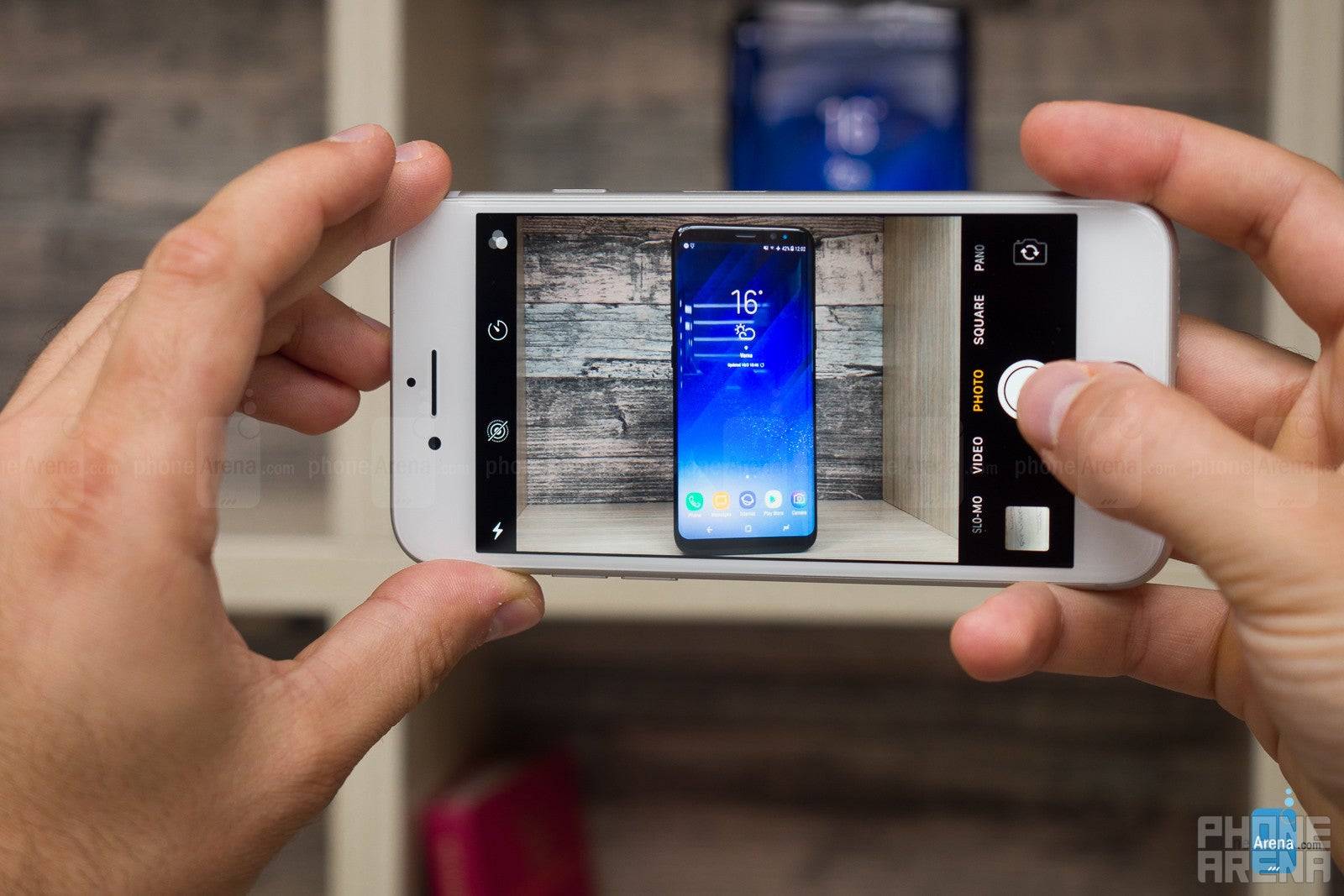
Neither the iPhone 8, nor the Galaxy S8 feature the fancy dual cameras present on the iPhone 8 Plus and Note 8. Instead, these handsets come with more ordinary, solo cameras, but hey, when did we start complaining about single-camera setups?
There is a 12 MP camera on each handset, and overall, phone cameras don't get much better than this. While the megapixel count is the same, however, there are still some important differences specs-wise. Namely, the Galaxy S8 features a bigger sensor with a slightly wider aperture – these characteristics position it to achieve better results, especially in darker environments.
For the most part, daylight pictures taken with both handsets look very similar. The two biggest differences we can find between the two are as follows: 1) the Galaxy S8 manages to capture slightly more detail; 2) the iPhone 8 comes up with more natural-looking color tones. Also, we've noticed that the iPhone 8's automatic HDR feature handles dynamic areas more successfully.
The Samsung Galaxy S8 has a terrific camera, but the annoying thing about it is that it tries too hard to sugarcoat its photos through artificial sharpness and color warmth. Its pictures would actually look better with less post-processing. Still, it remains king in very low-light and nighttime scenarios, where the iPhone 8 performs slightly worse.
Video recording can happen at up to 4K resolution at 60 FPS on the iPhone 8, and at 30 FPS on the Galaxy S8. The S8 is also limited to 10 minutes of 4K recording, for some reason. Generally, the iPhone 8's footage looks better, with less jitteriness and other artifacts, and the ability to record in super-smooth 60 FPS is a big plus. On the other hand, its audio sounds really muffled, which isn't the case with the S8.


Multimedia
There are two main aspects to multimedia: video and audio. When it comes to video, both handsets do awesome job with their premium-quality screens. The iPhone 8 is more compatible with general YouTube video, but the S8 actually has more success with super-wide-screen formats like music videos, where its 2:1 aspect ratio comes into play nicely. Of course, going with these handsets' bigger variants would provide a better experience video-wise, but we'd say these panels here are still sizable enough to make video watching enjoyable.
So what about the audio side of things? There's no contest, really. The iPhone 8 has stereo speakers, which is a definite advantage, but the real achievement here is how these speakers actually sound. Amazing is one word we can use to describe them. They're still phone speakers, of course, but definitely the best sounding phone speakers around. Seriously, you can even hear low frequencies there. On top of that, they have good clarity and an overall punch and loudness the Galaxy S8's loudspeaker can't achieve. The S8 sounds good, but not even close. The same goes for the included earphones. Samsung makes a big deal out of the AKG-branded earbuds it bundles with the Galaxy S8, but they are more uncomfortable and sound worse than the iPhone 8's outstanding EarPods. The iPhone 8 doesn't have a traditional 3.5mm headphone jack, but you can still easily connect such headphones using the included adapter.
In terms of music streaming services, you have nothing to worry about, because both Apple Music and Google Play Music, not to mention Spotify, are available on both platforms, so thankfully, even if you're coming from the opposite OS, you'll be able to take your full music library with you.
Call quality
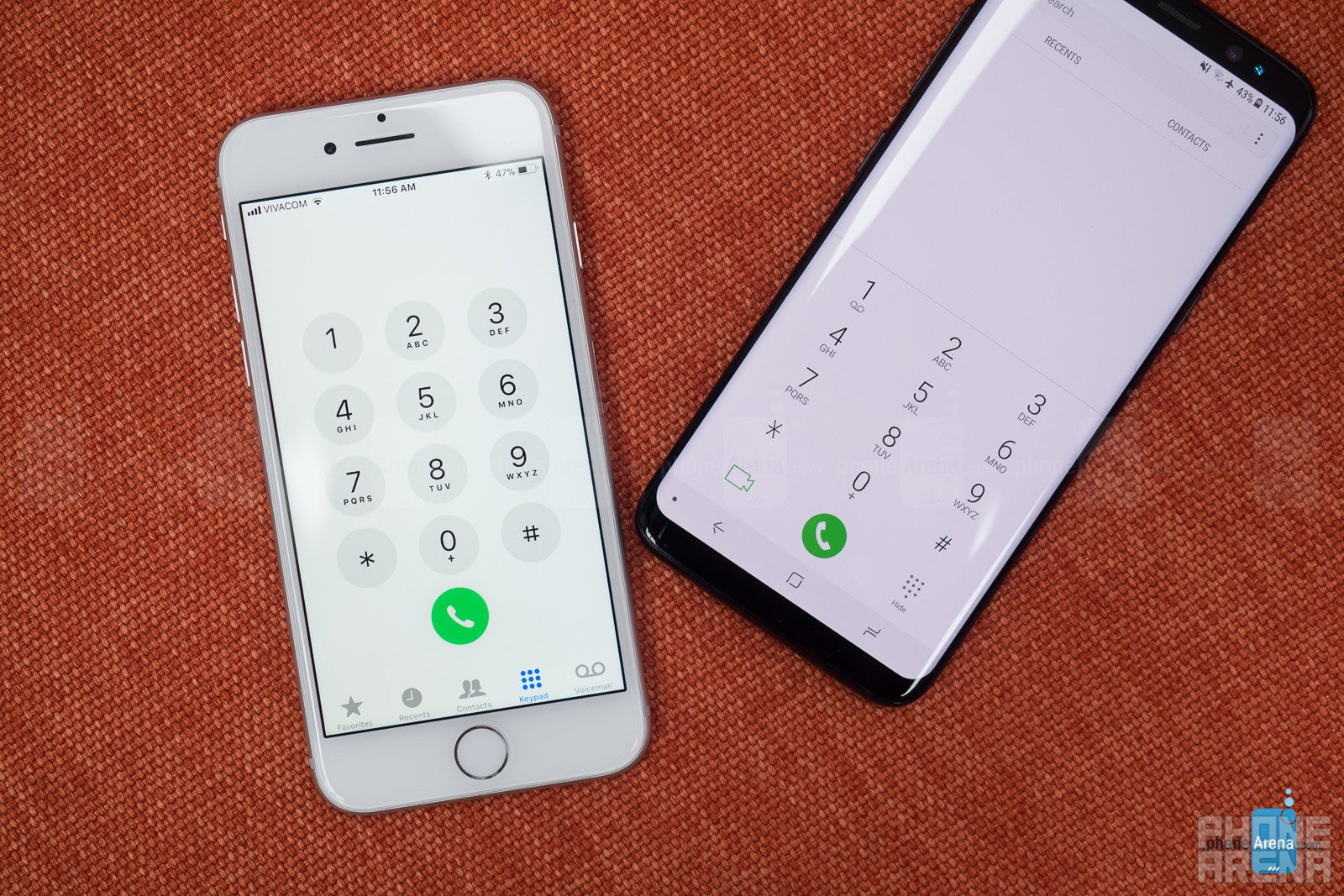
Battery life
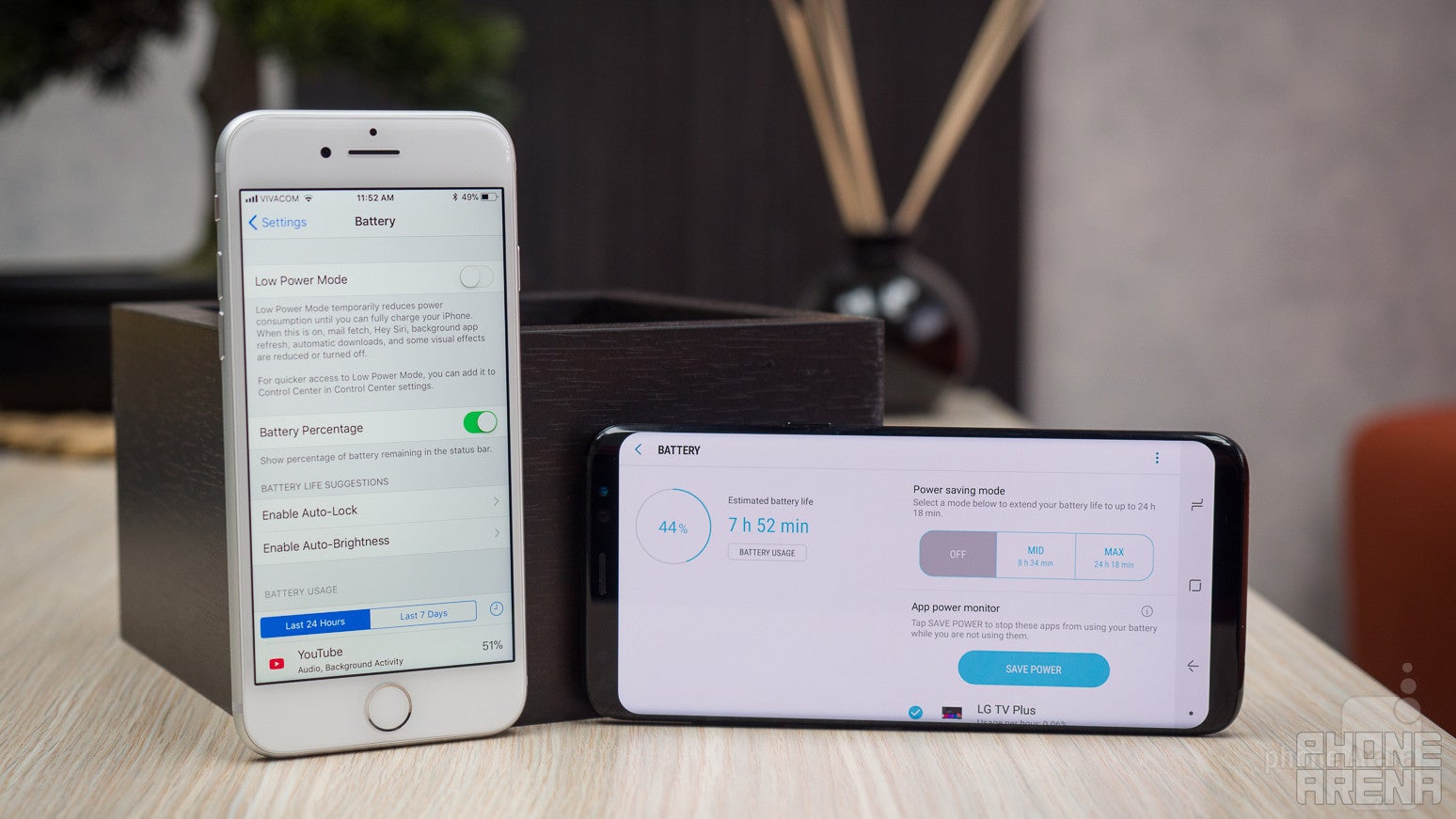
Admit it, if there was one thing you'd rather see improved on smartphone, it'd be battery life, correct? We hear you, but unfortunately, we are stuck with one to one-and-a-half day of battery life with current flagship. That, too, is the situation with the Samsung Galaxy S8 and Apple iPhone 8. The S8 has a dramatically bigger battery (3000 mAh vs 1821 mAh), but it experiences about the same battery life as the iPhone 8.
When it comes to recharging, though, the Galaxy S8 is the more convenient phone, because it gets completely charged in 1h 40 minutes, versus the iPhone 8's 2h 27 minutes. There's now also wireless charging on the iPhone 8, which brings it in line with the S8, but while Samsung's flagship can already do fast wireless charging, the iPhone 8 is currently limited to regular wireless charging speeds. It's expected to gain the fast wireless charging boost via software update later. Exactly when, we don't know yet.
Conclusion
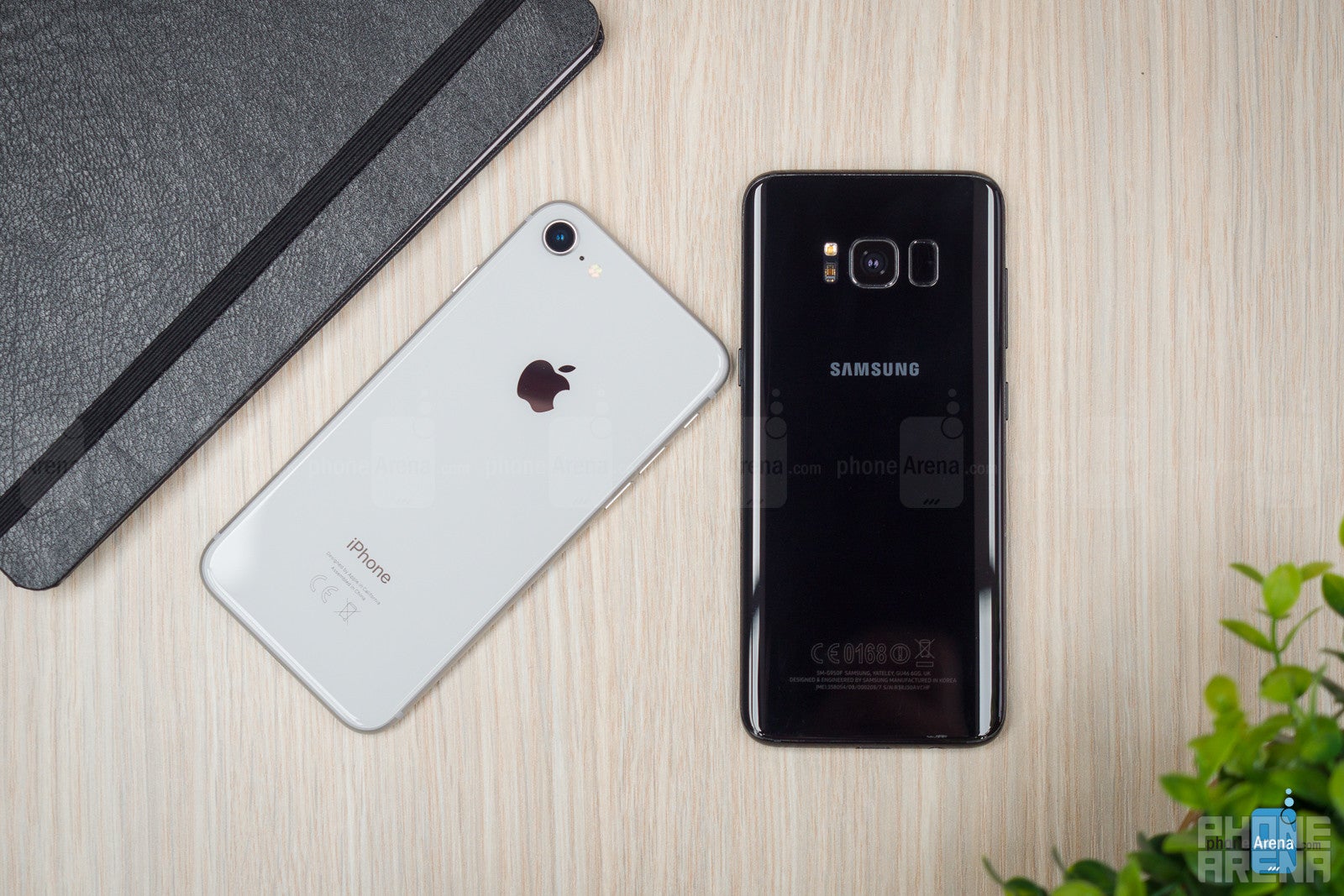
At this point, Apple and Samsung have assumed two competing, yet slightly differentiated positions. Apple is no longer trying to experiment with its mainstream offering; instead, it aims to bring the best of current technology in the most polished, mature package possible. It will give you premium service, encased in a body that's attractively elegant, yet decidedly conservative.
For those looking for a bit more flare in the product they use, the Galaxy S8 may be the better solution. Samsung is quicker to embrace forward-looking technologies like super-thin front bezels, glass exteriors and fast wireless charging. This year, more than ever before, it feels like Samsung is acting like the design trend-setter. Sure, its overall package isn't as perfected, but it's bold and willing to experiment, to take bigger risks. Sometimes, these risks pay off, as is the case with the Galaxy S8, which will give you much of the technology and style found in the super-premium and expensive iPhone X, in a way more affordable but still desirable form that is here now.
As for the iPhone 8, it's a great phone, perhaps your safest choice in the ~$700 price tier. But safety and excitement often don't go hand-in-hand. The iPhone 8 is nothing more than a perfected iPhone 6, and that's something terribly difficult to get excited about. This is one problem the Galaxy S8 doesn't have.
Apple iPhone 8
Pros
- Backed by Apple's superior hardware and software ecosystem
- Best ever performance
- Illegaly good speakers and earphones
Samsung Galaxy S8
Pros
- Exciting, trend-setting design
- More versatile camera
- Higher screen resolution

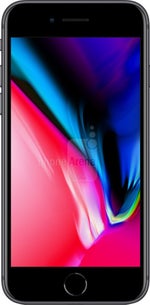













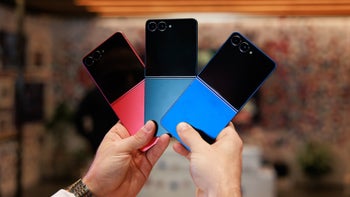
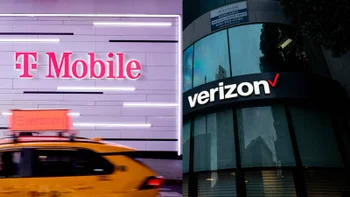
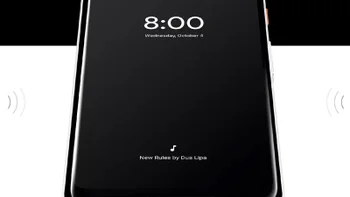

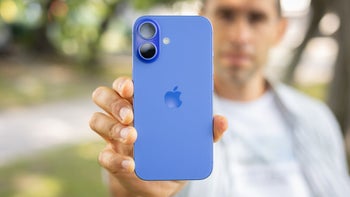
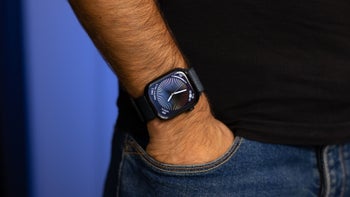

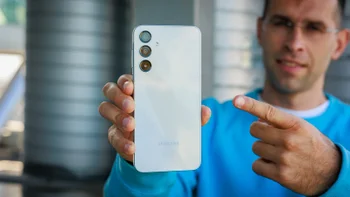
Things that are NOT allowed:
To help keep our community safe and free from spam, we apply temporary limits to newly created accounts: